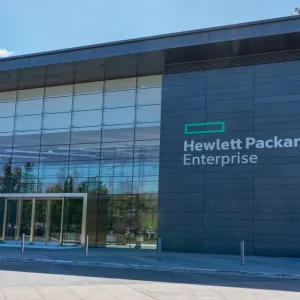
SnapLogic and TechValidate have released findings from a survey into the use and implementation of Big Data and Hadoop.
The survey suggests that while Big Data and Hadoop are popular buzzwords, most companies are uncertain as to how and when to implement these technologies.
When asked whether Big Data investments at their companies will work with existing infrastructure, and how they will integrate these technologies, over half (52%) responded that it was too soon to say.
Although interest in Big Data is continuing to grow, most deployments are slower than expected according to research from Gartner. The research from SnapLogic and TechValidate has mirrored Gartner’s findings, showing that 78% of respondents weren’t sure when or if they would begin a Hadoop deployment.
However, amongst IT leaders investing in Big Data technologies, analytics with 43% and integration tools at 42% were at the top of their shopping lists. Despite this, resource and compliance barriers are still facing IT leaders.
The top drivers for investing in big data solutions are customer analytics (52%), operational analytics (40%) and data-driven products and services/IoT (38%).
Darren Cunningham, vice president of marketing at SnapLogic, said: "Our survey shows there’s a good bit of indecision right now when it comes to big data plans and technologies. At the same time, the results show strong interest for using big data to achieve business goals, using integrated data sets to quickly understand a customer’s changing needs."
"SnapLogic customers tell us that the ability to easily connect with other systems is essential to the success of their big data initiatives. As Hadoop continues to gain enterprise adoption, we’re focused on elevating access to rich data stores for the average worker, not just the data scientists."
The barriers to Big Data remain closely linked with limited skills and resources (42%) and concerns over compliance and security (41%).
The survery queried more than 100 IT leaders from large enterprises nationwide in the development of this survey, which ran online between December 15 and December 31, 2014.






